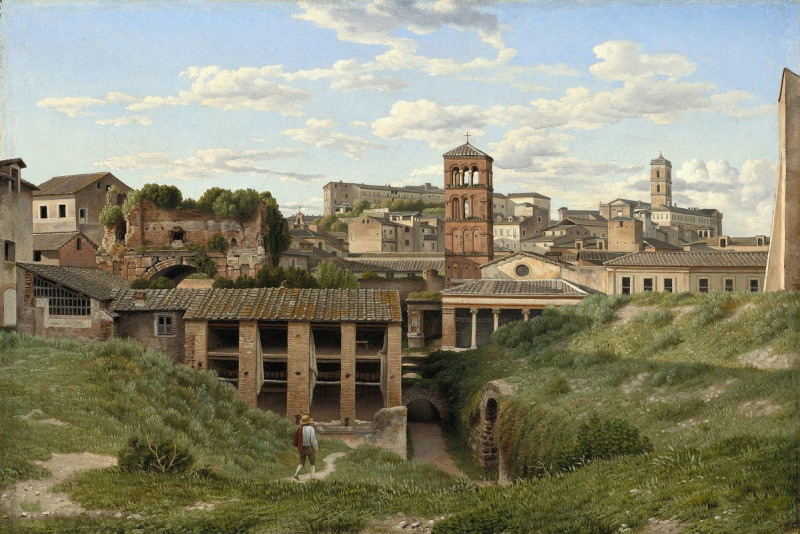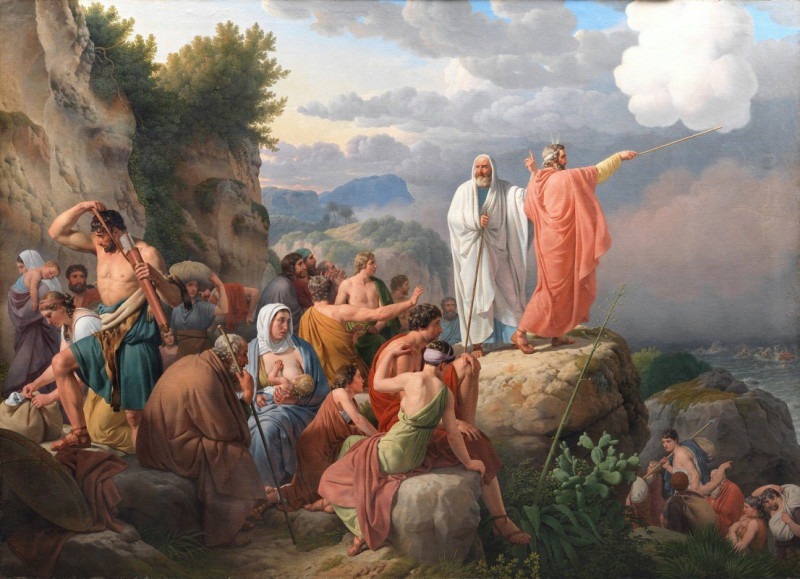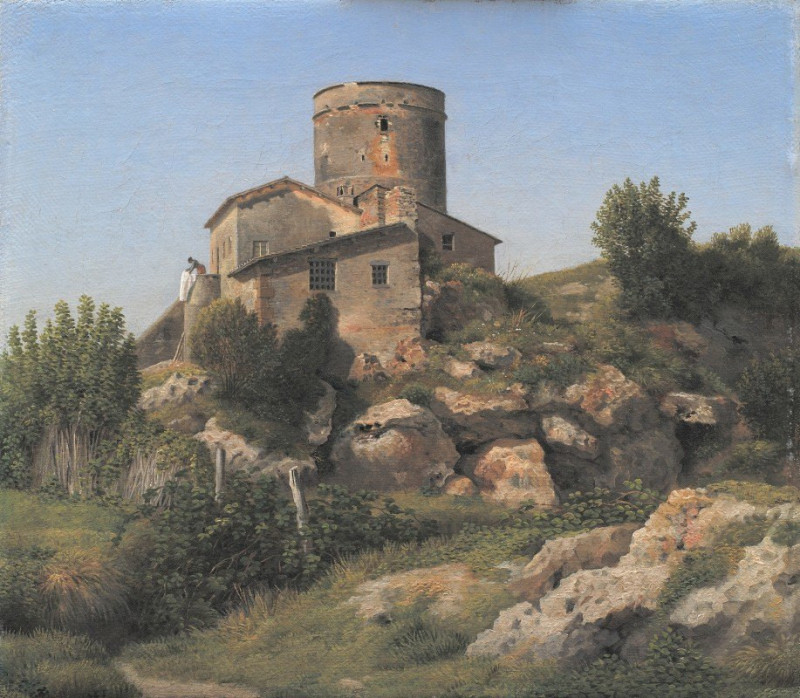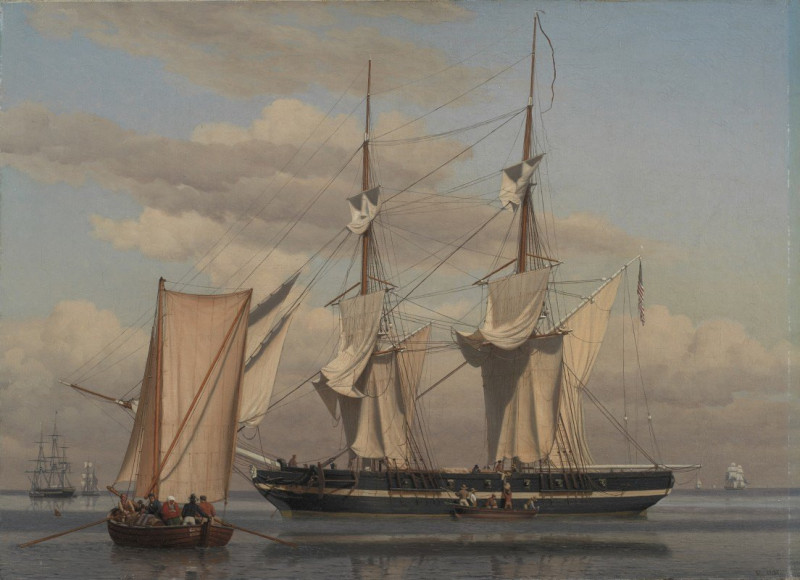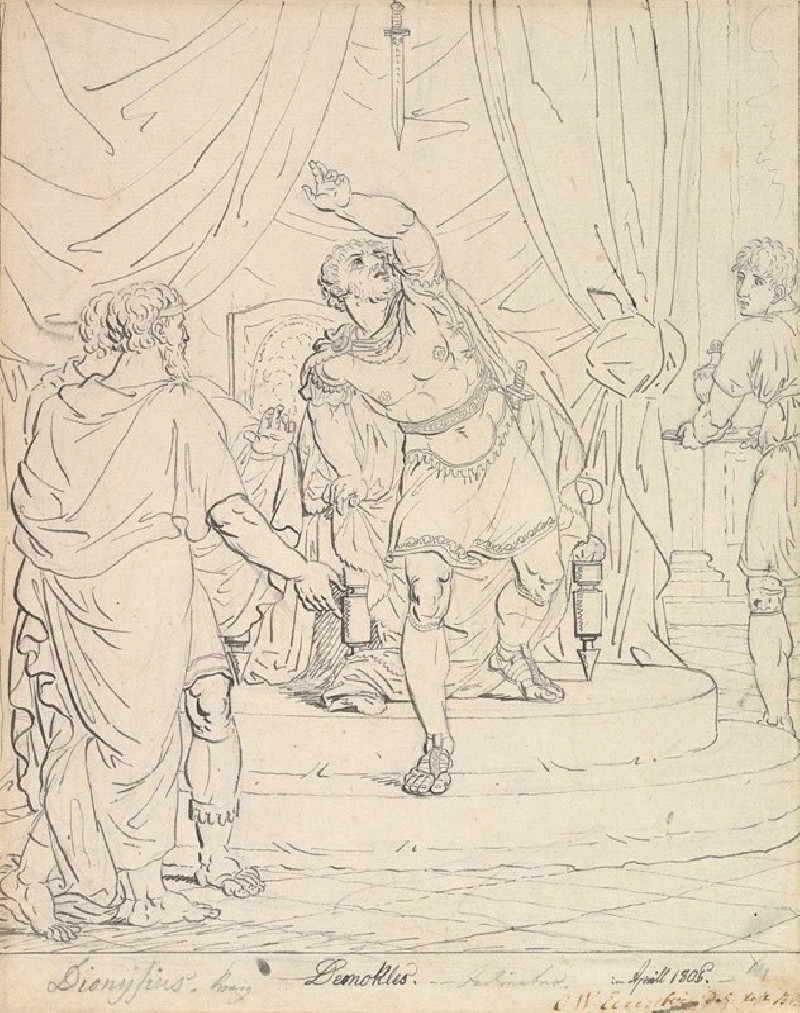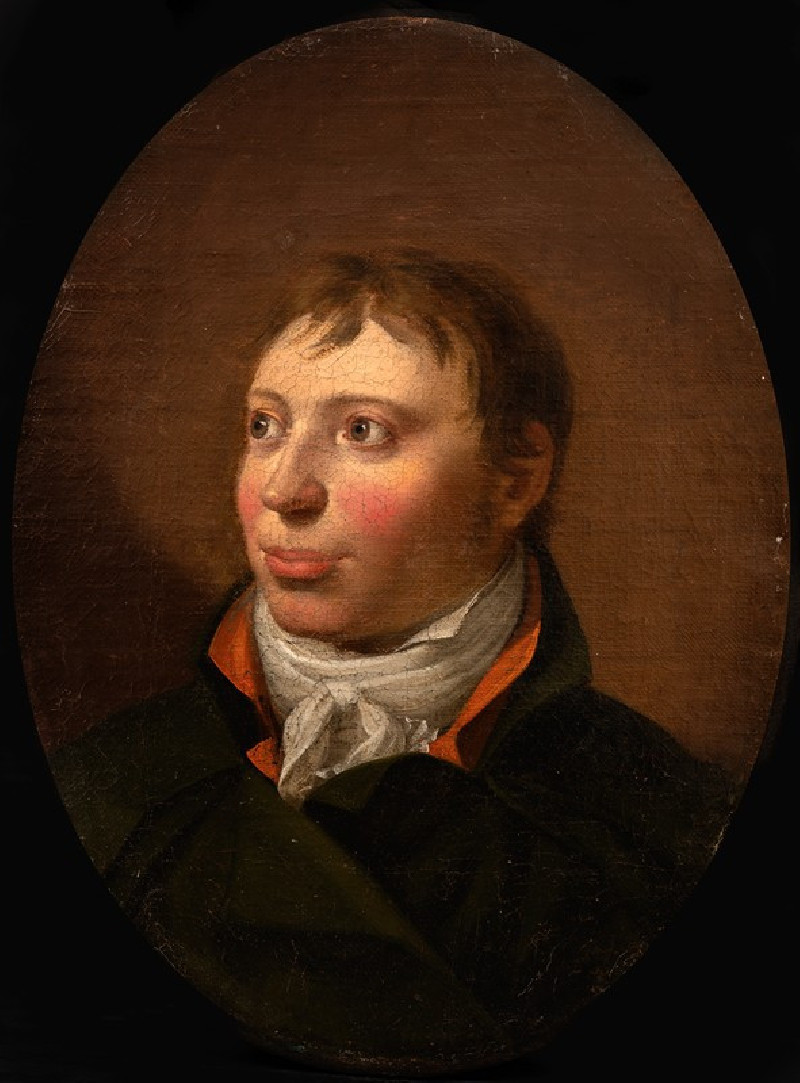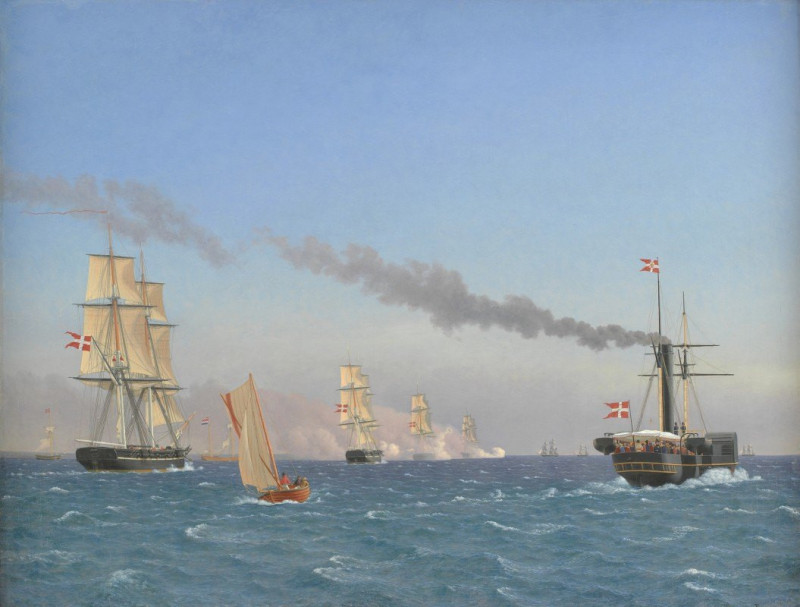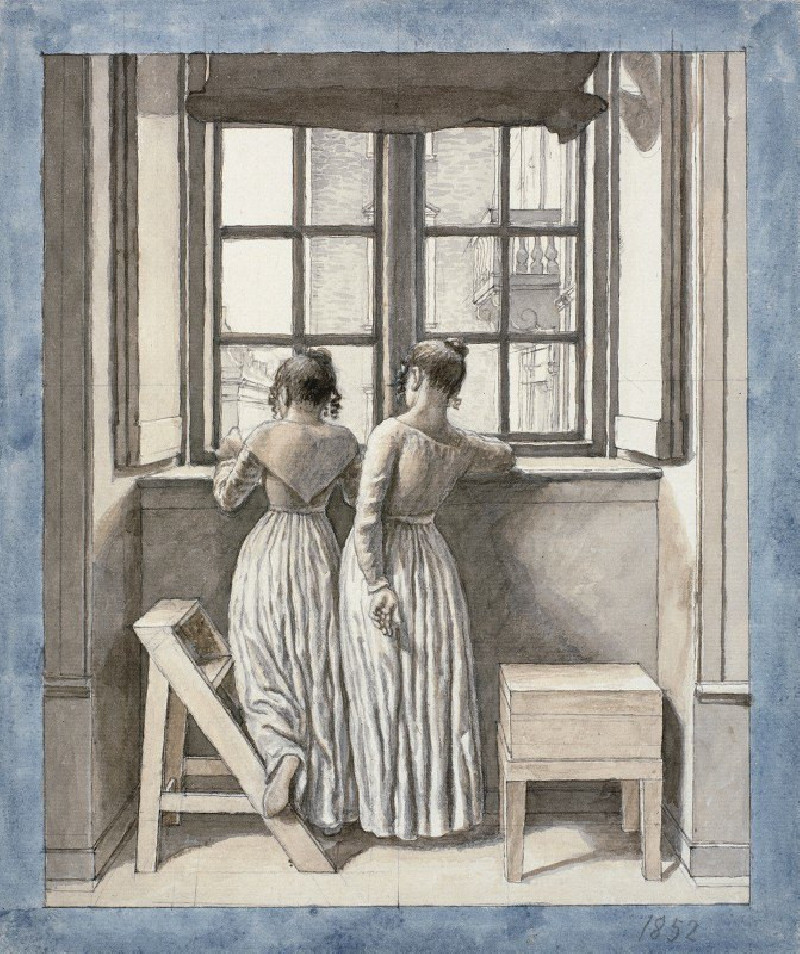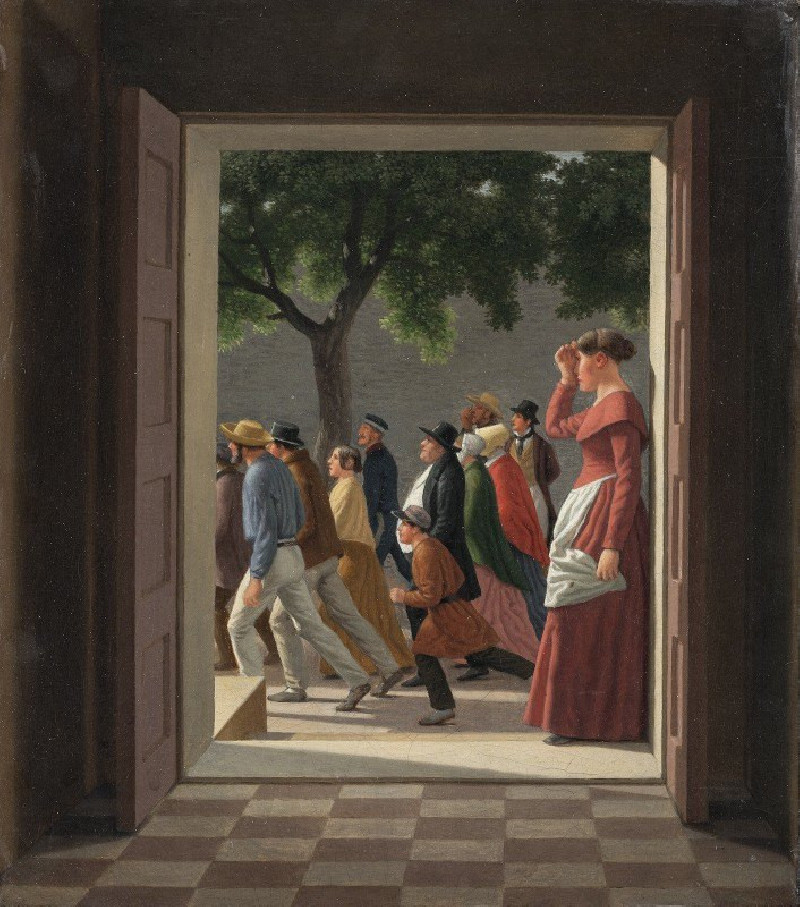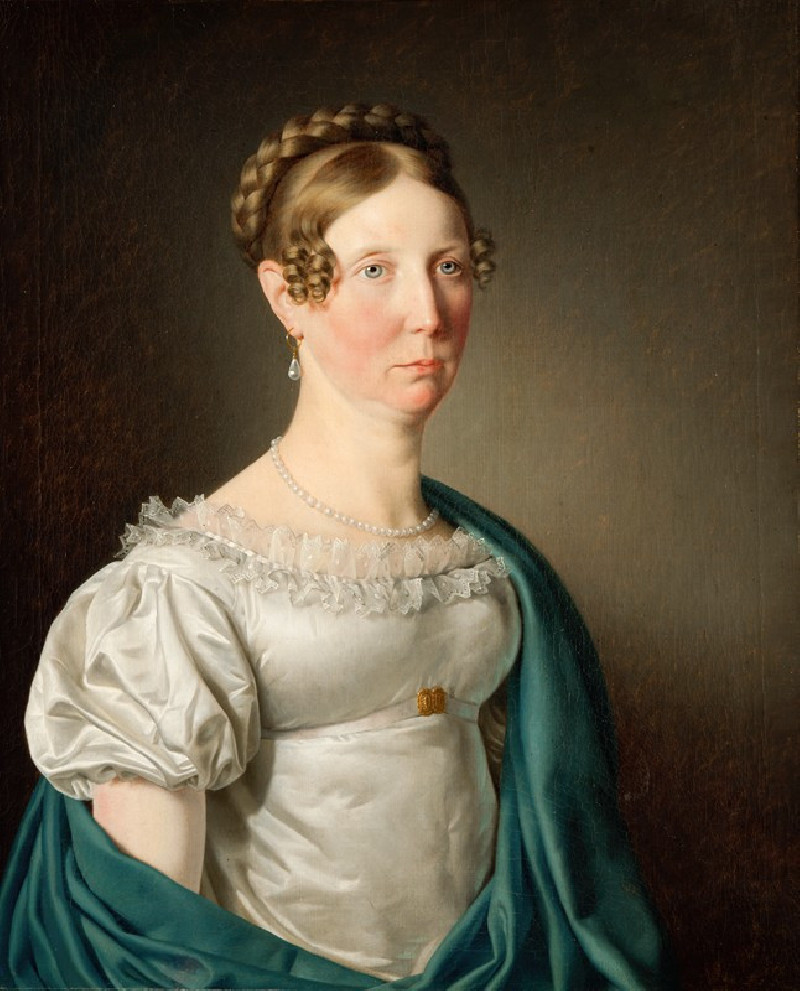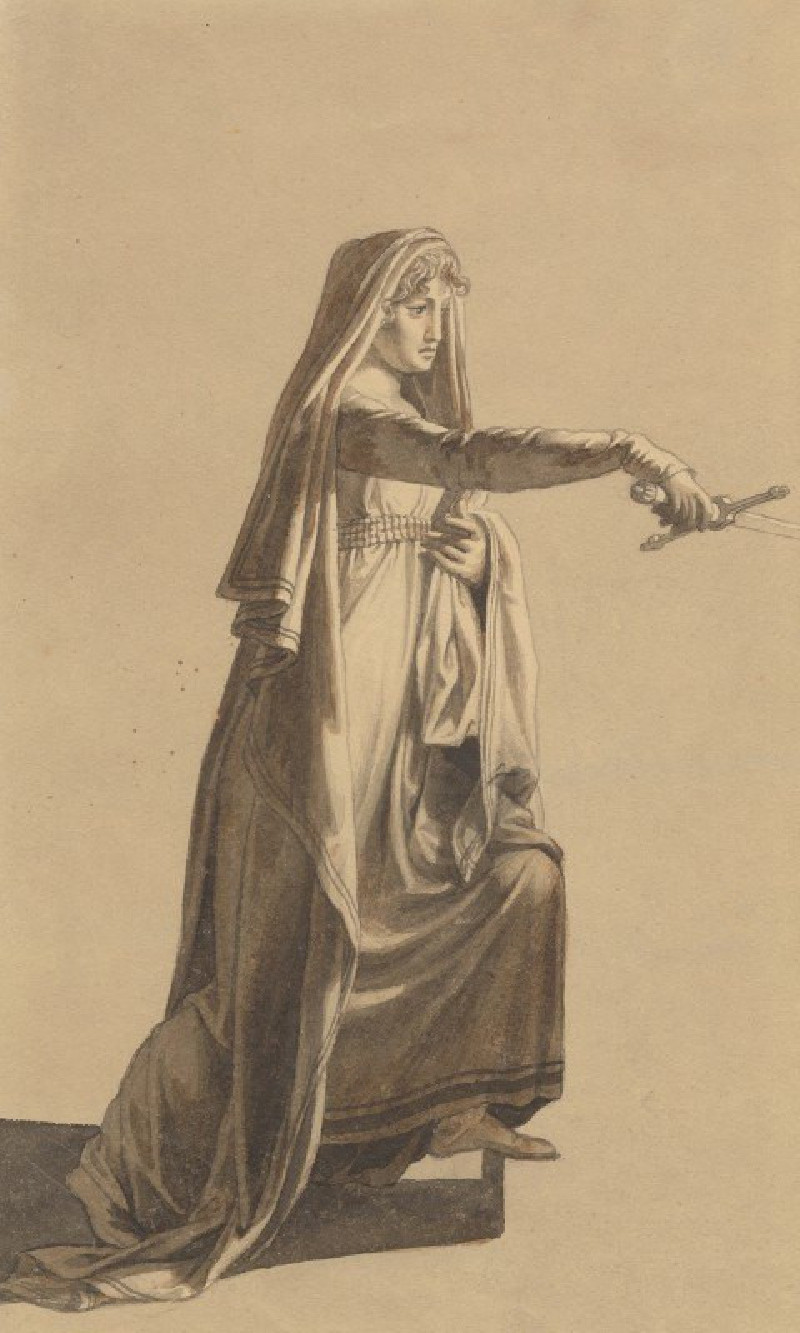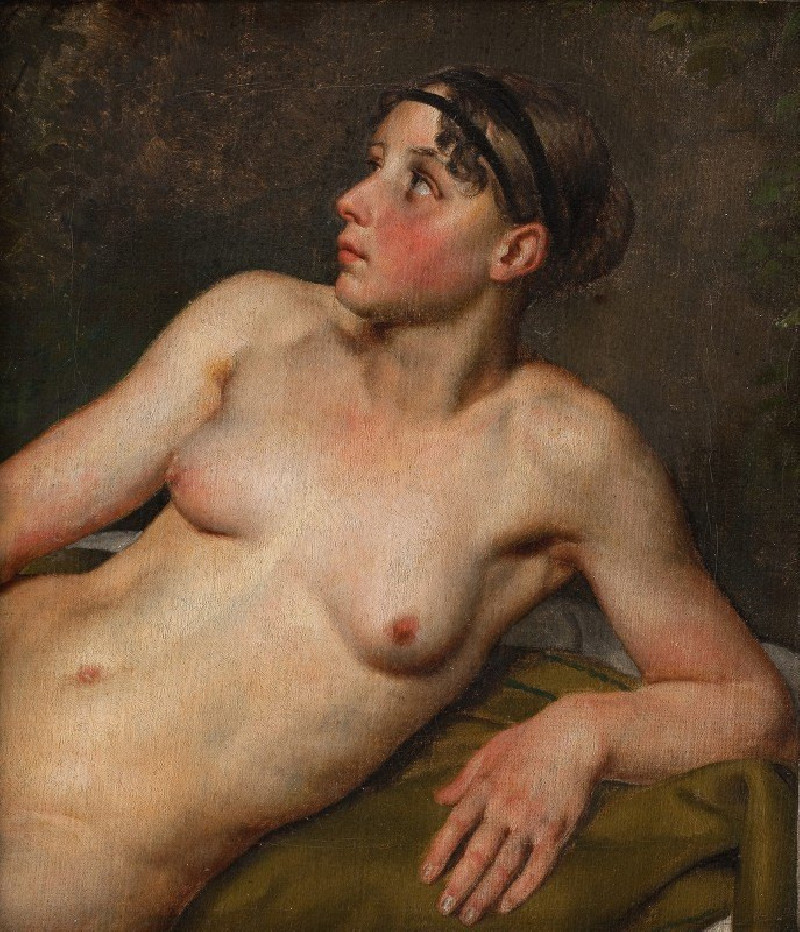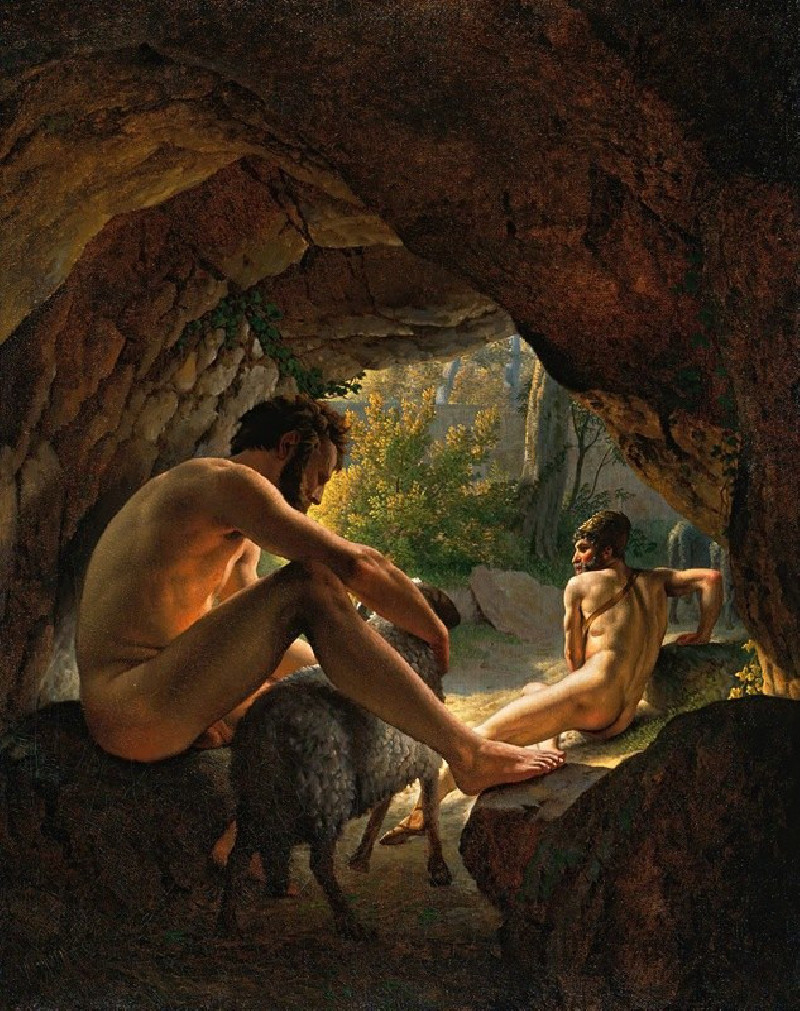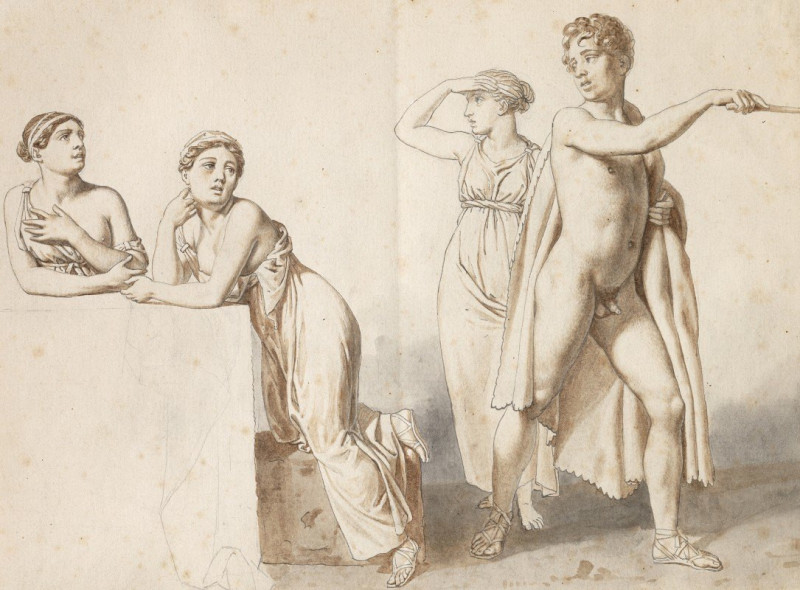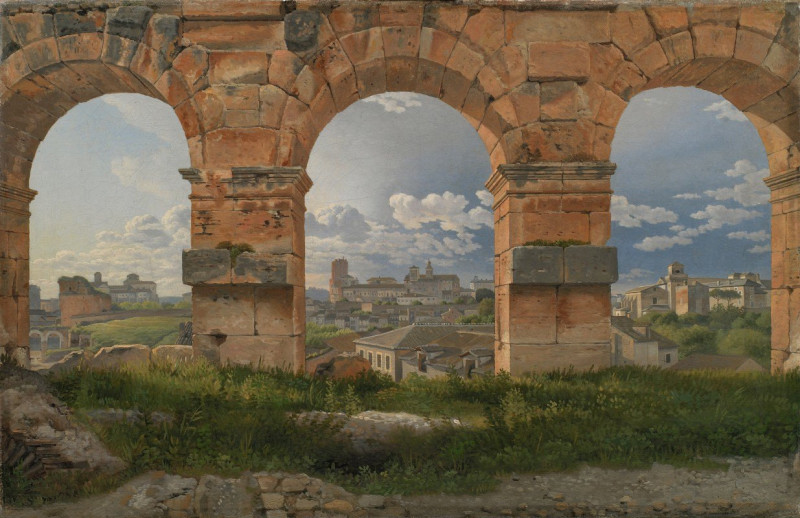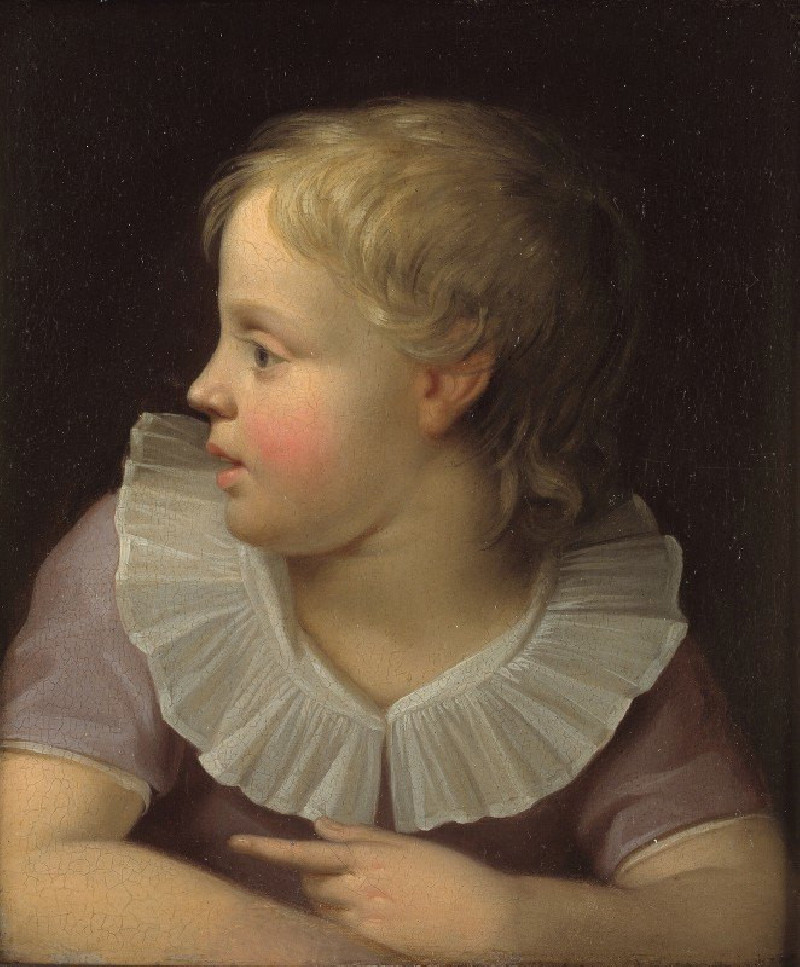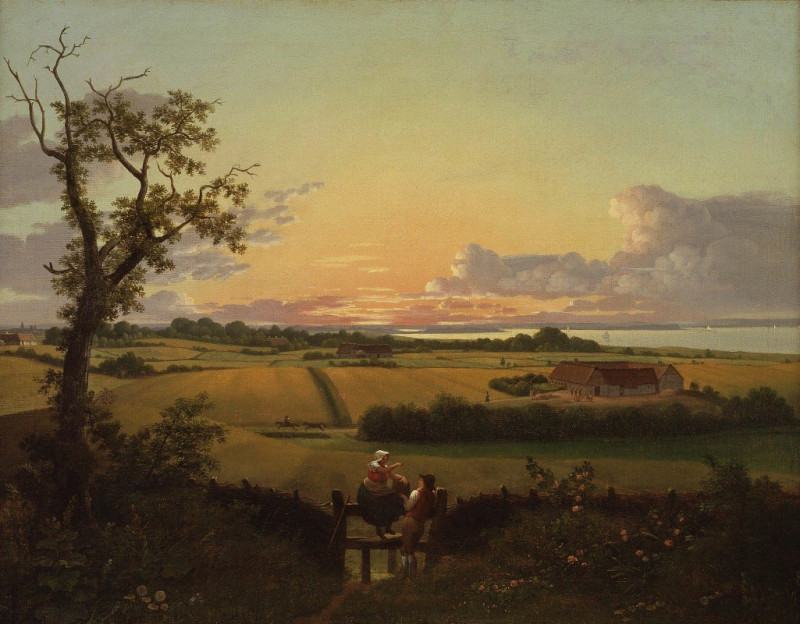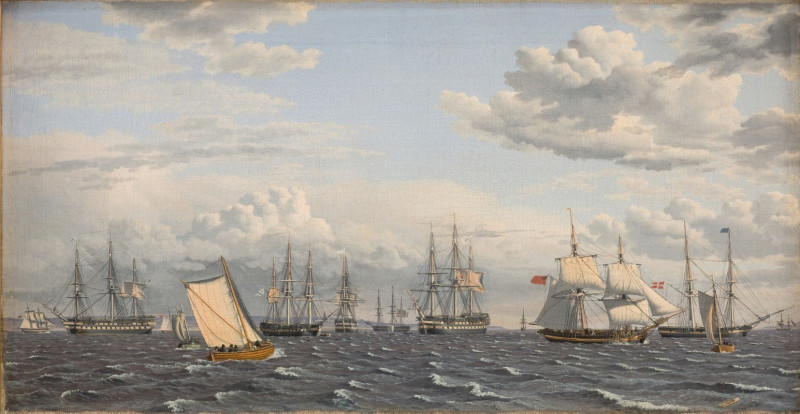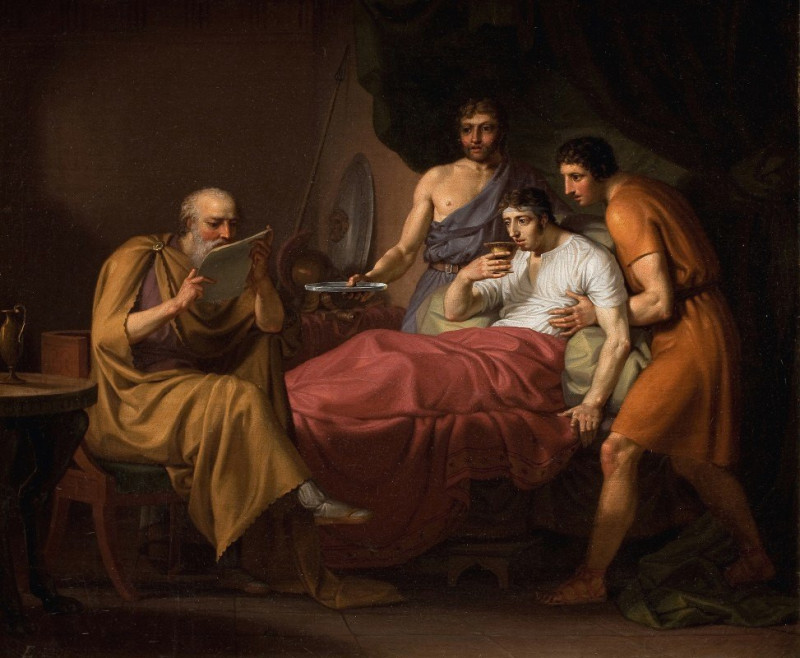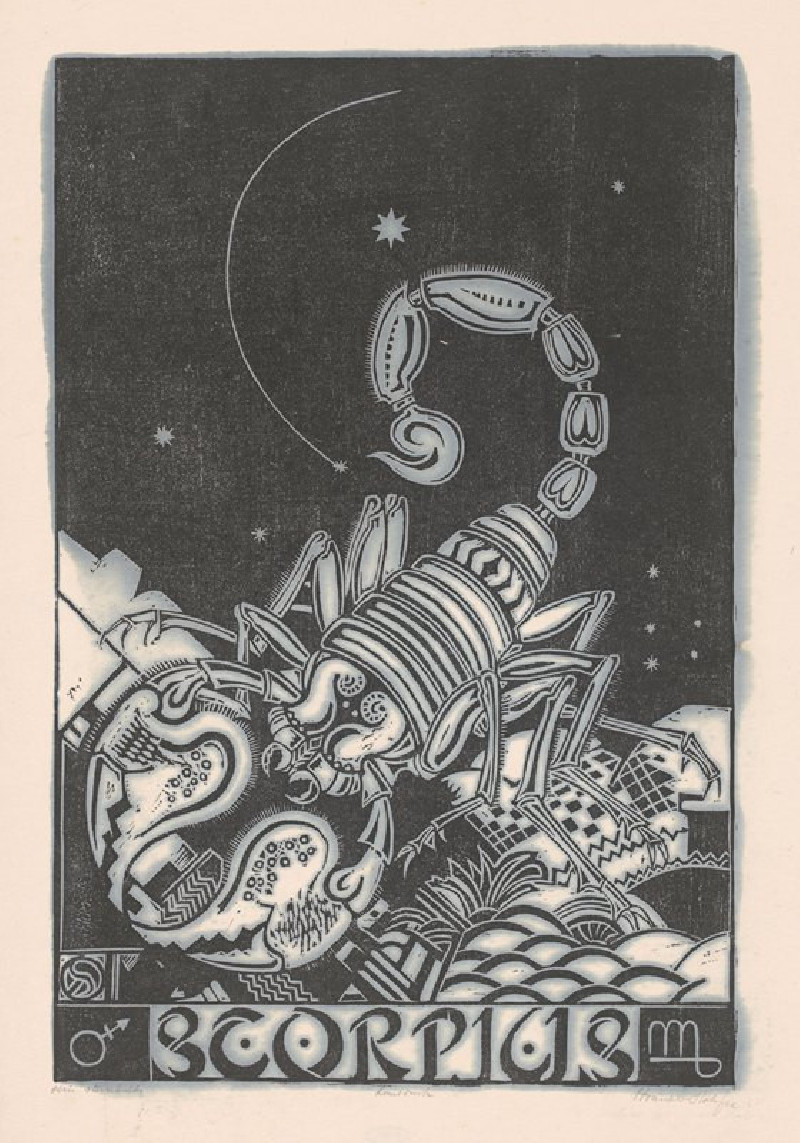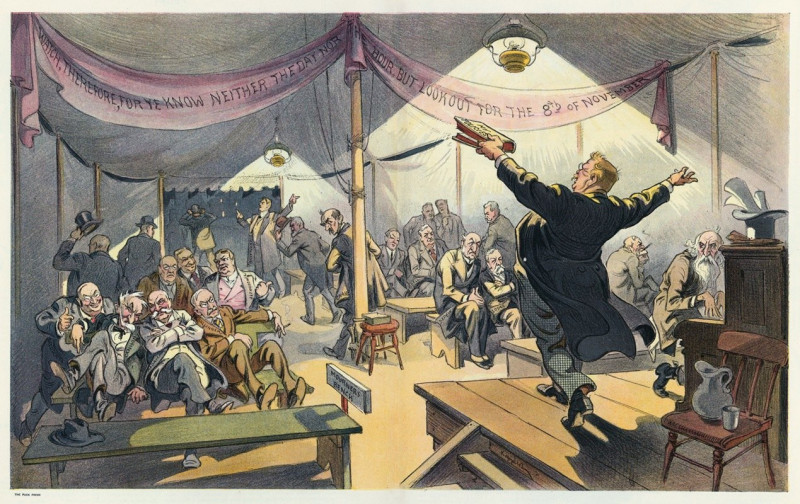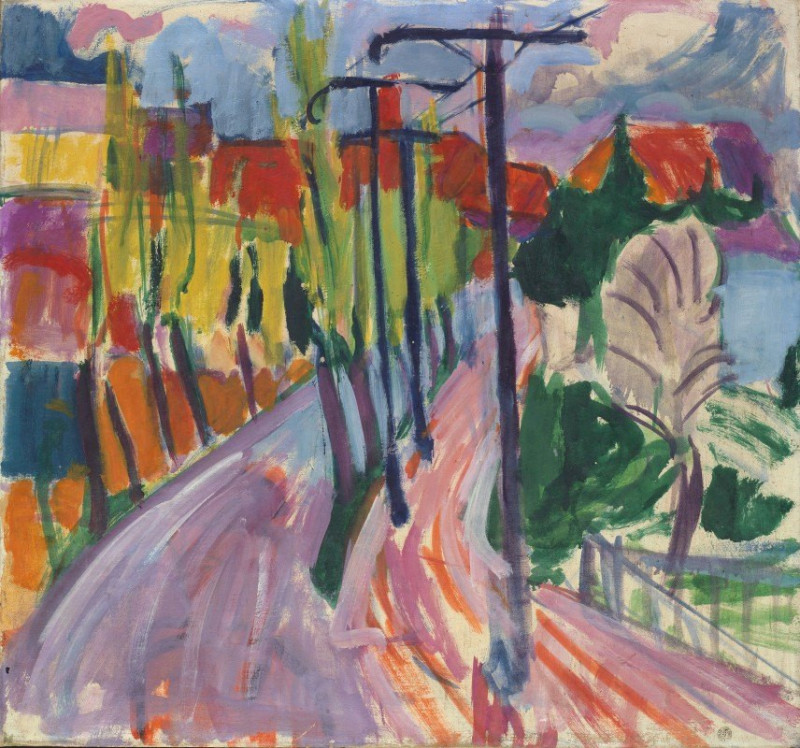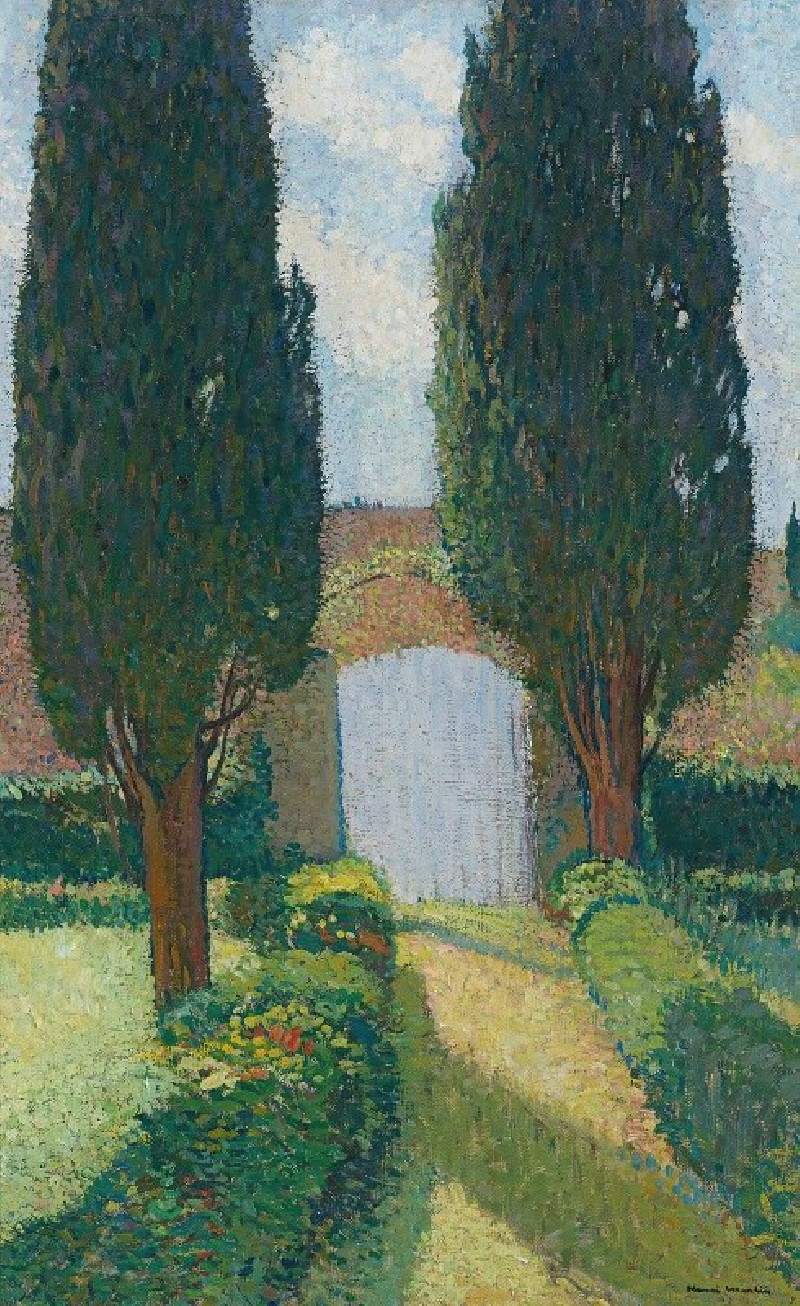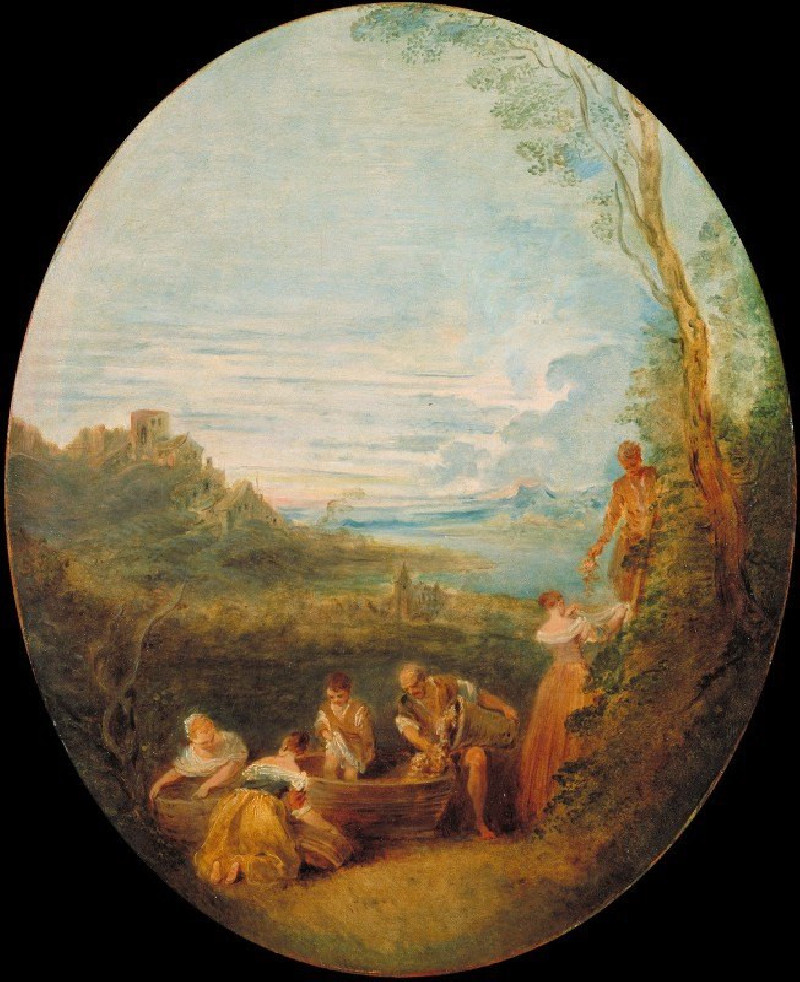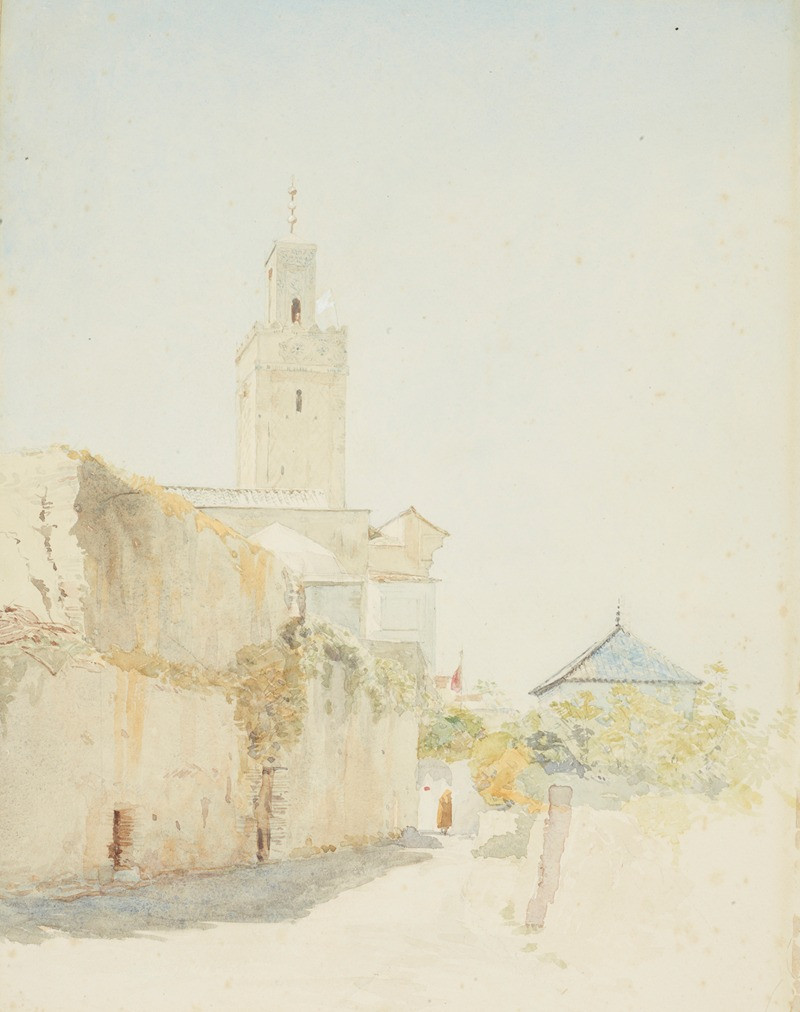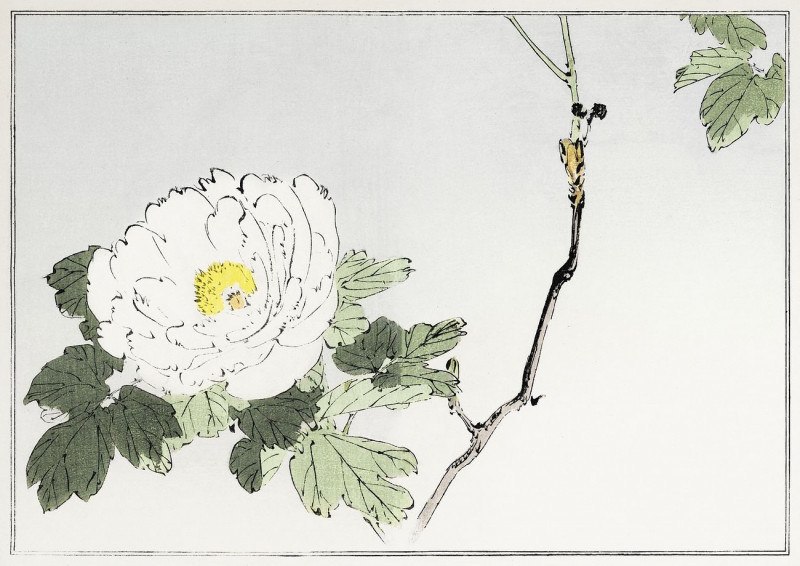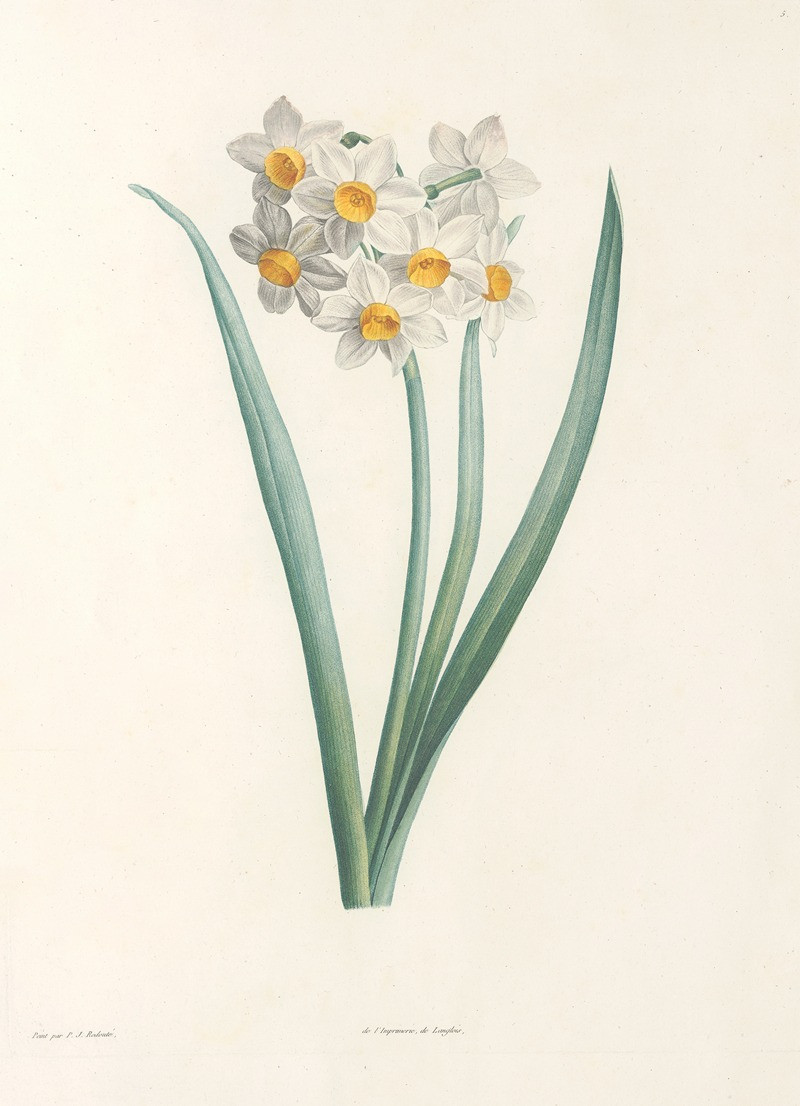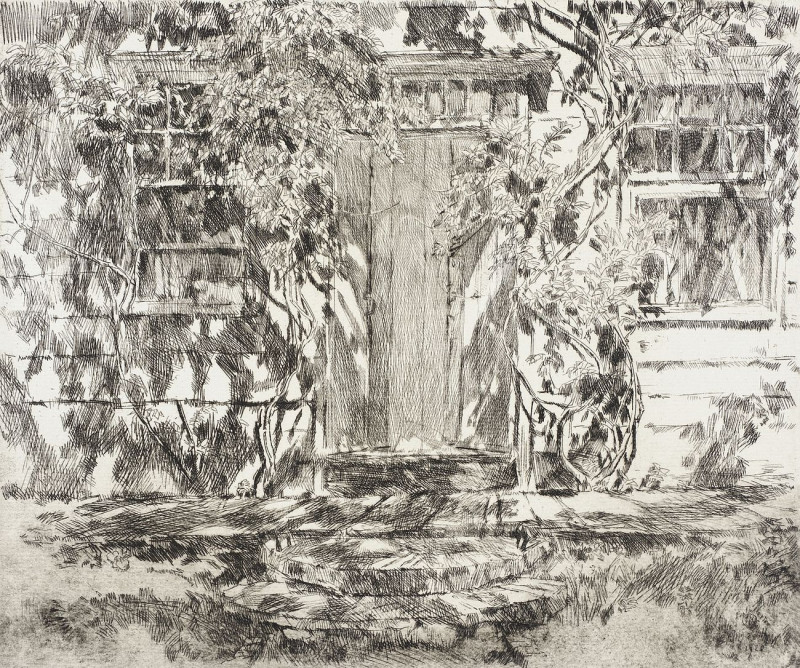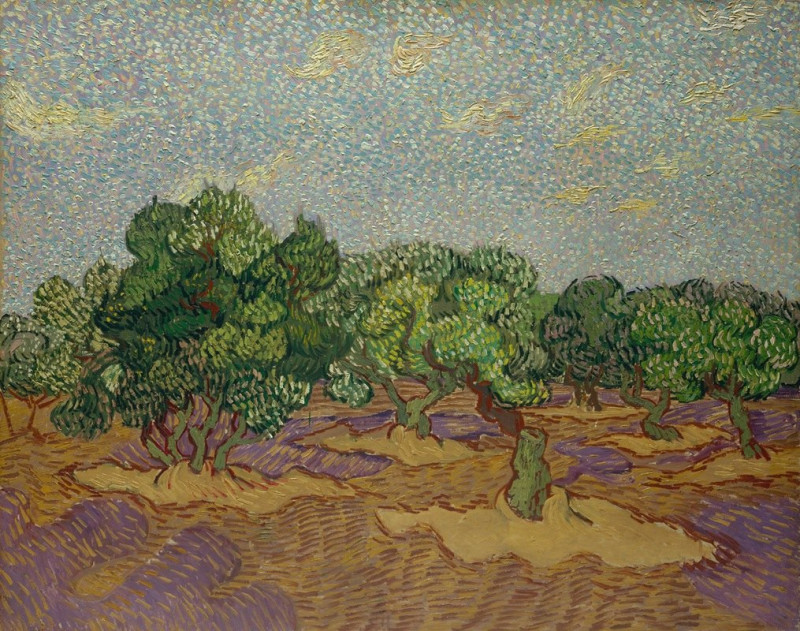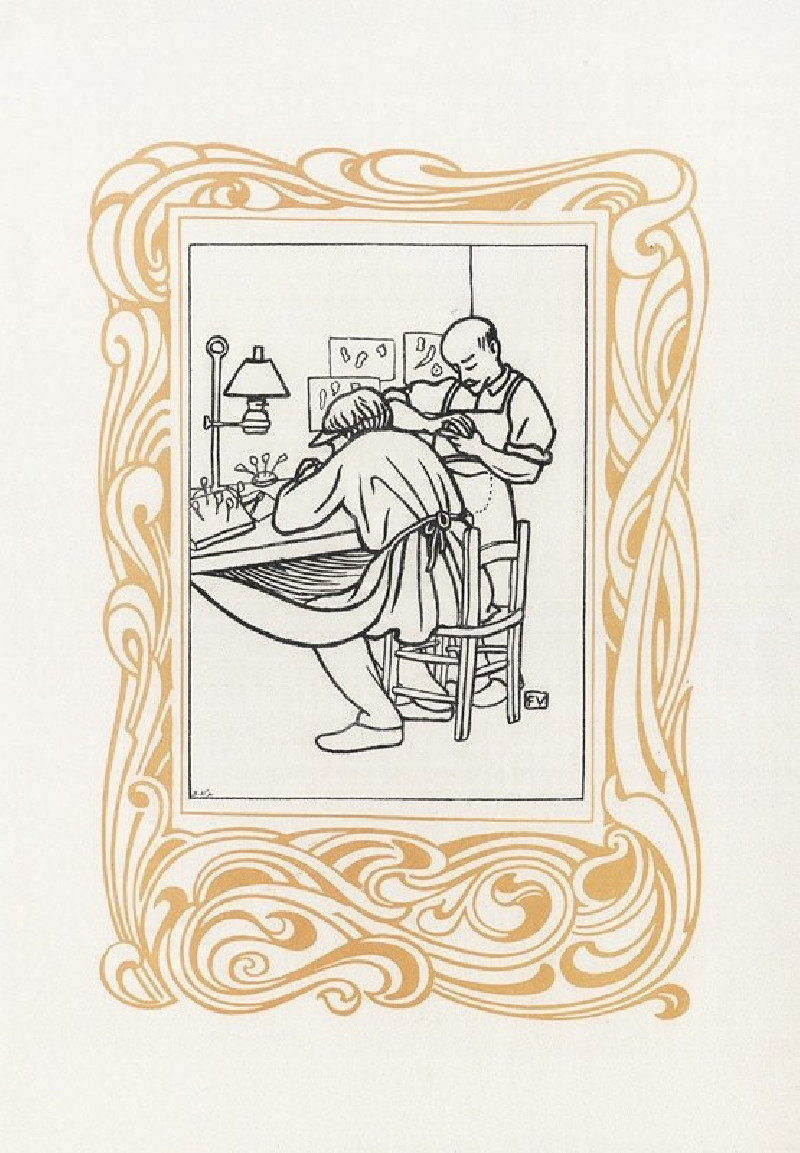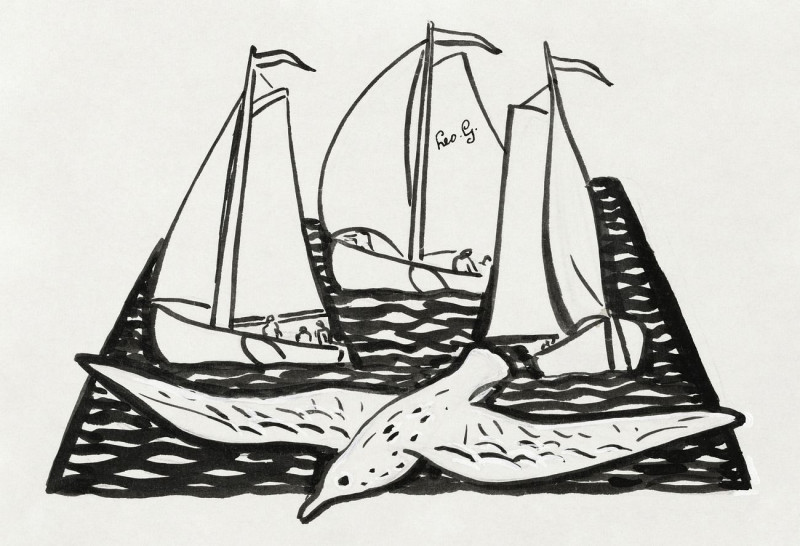View of the Cloaca Maxima,Rome (1814)
Technique: Giclée quality print
Recommended by our customers
More about this artwork
This evocative painting by Christoffer Wilhelm Eckersberg, a master of Danish art, captures a scene of architectural and historical wealth in Rome. Rendered with meticulous detail and serene coloring, "View of the Cloaca Maxima, Rome" (1814) takes the viewer to the ancient heart of the city. Eckersberg's viewpoint is like that of a quiet observer, contemplating a site layered with centuries of history.The Cloaca Maxima, one of Rome's earliest sewer systems, constructed in the 6th century BCE, is depicted as an integral part of the city's fabric. It is shown bridged by more modern structures, illustrating the continuous adaptation and use of this ancient infrastructure. In the foreground, a lone figure clad in simple attire walks beside the overgrown banks that lead toward the arches of the sewer, symbolizing the intersection of daily life and historic legacy.The surrounding buildings exhibit a range of architectural styles from different epochs, speaking to the historical depth and transformation of Rome. Notable are the classical columns of a temple-like structure and the red-bricked medieval tower that punctuates the skyline.Through clear skies and over lush greenery, Eckersberg's detailed brushwork and controlled palette bring forth the texture of stone, tile, and foliage with realism. This artwork not only records a historical and urban study but also reflects the timeless beauty and layered existence of Rome.
Delivery
Returns
Christoffer Wilhelm Eckersberg (2 January 1783 – 22 July 1853) was a Danish painter. He went on to lay the foundation for the period of art known as the Golden Age of Danish Painting, and is referred to as the "Father of Danish painting".

